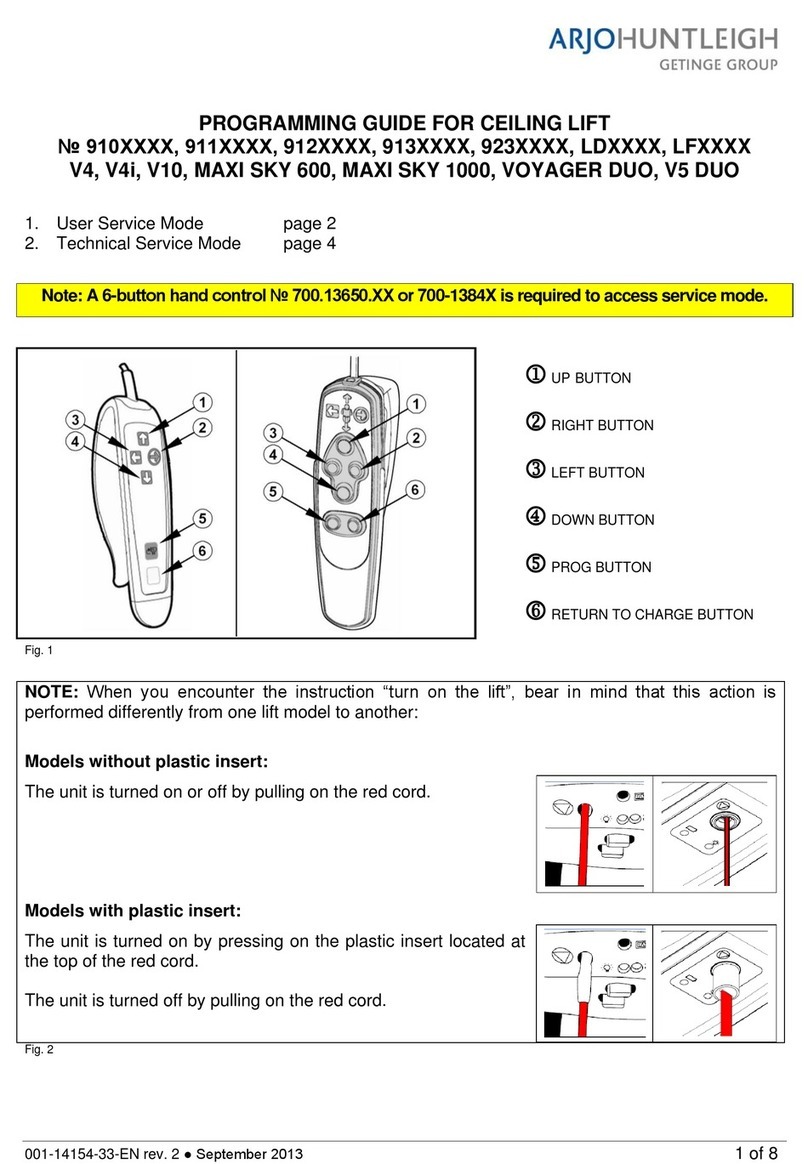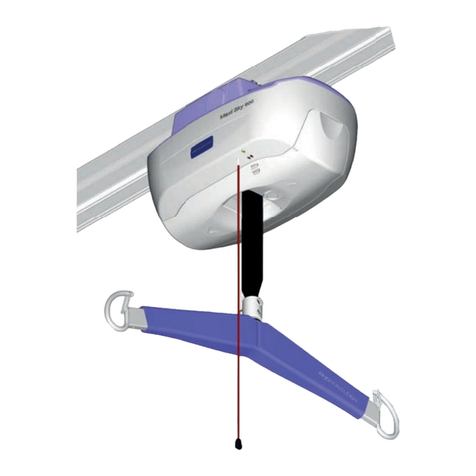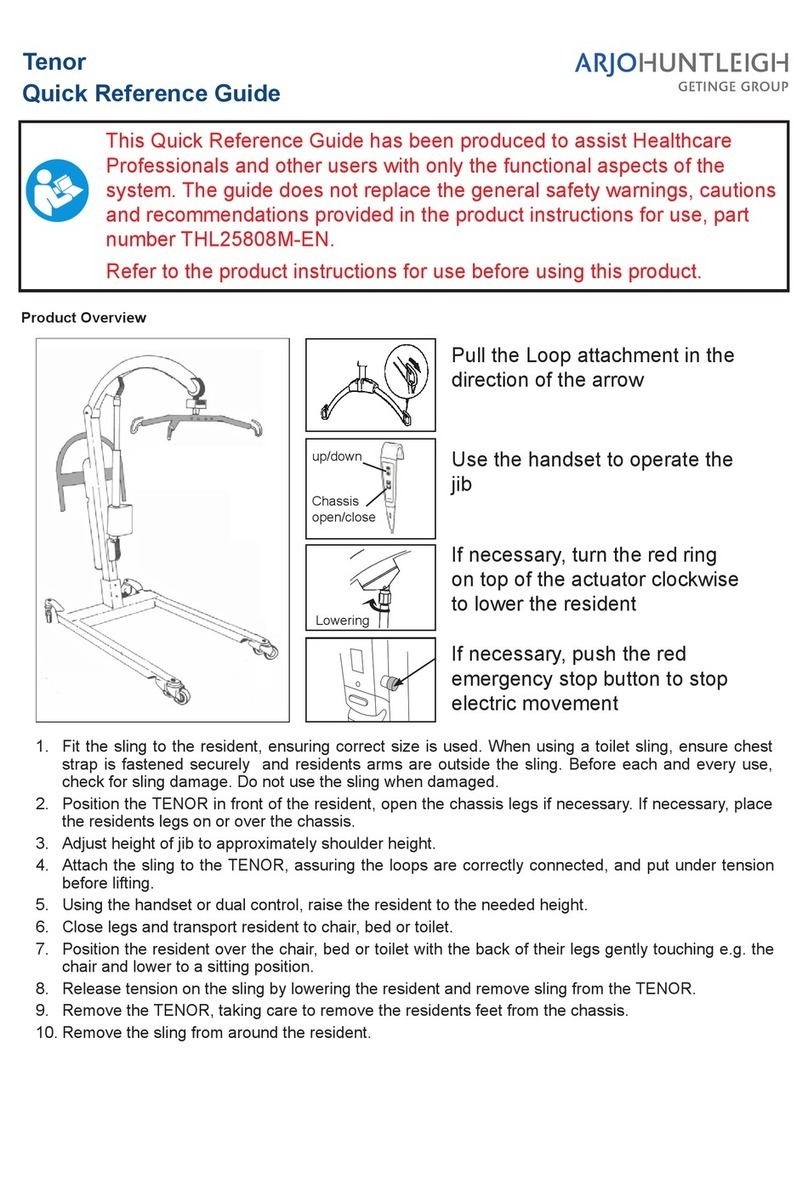
3
Table of Contents
001.14160.33.EN rev. 19
Table of Contents
General Information .................................................................................................................. 5
Foreword............................................................................................................................. 5
Service and Support......................................................................................................... 5
Manufacturer Information ................................................................................................. 5
Definitions Used in this Manual: ....................................................................................... 6
Intended Use .................................................................................................................... 6
Operational Life ................................................................................................................ 6
Product Identification........................................................................................................ 6
How to Use this Manual ................................................................................................... 6
Symbols Used..................................................................................................................... 7
Safety Instructions .................................................................................................................... 8
General Instructions............................................................................................................ 8
Safe Working Load........................................................................................................... 8
Important Safety Directions .............................................................................................. 8
Shock Prevention ............................................................................................................. 8
Fire and Explosion Prevention ......................................................................................... 9
Human and Environmental Safety Practices.................................................................... 9
Environmental Advice....................................................................................................... 9
Battery and Battery Charger Safety Practices.................................................................. 9
Homecare Environment Considerations........................................................................... 9
Maxi Sky 1000 Ceiling Lift and Charger Station............................................................. 10
Product Description ................................................................................................................ 10
Hand control...................................................................................................................... 11
Chargers ........................................................................................................................... 11
Overheat Protection Device .............................................................................................. 11
Battery Information............................................................................................................ 11
Accessories ............................................................................................................................. 12
How to Use the Maxi Sky 1000 ............................................................................................... 13
Controls and Features ...................................................................................................... 13
Emergency Lowering...................................................................................................... 13
Emergency Stop (red cord) ............................................................................................ 14
Return to Charge (RTC) ................................................................................................. 14
Emergency Brake........................................................................................................... 14
Indicator Lights ............................................................................................................... 14
Spreader Bar Attachment............................................................................................... 15
Loop Sling Application ........................................................................................................... 16
2-Point Spreader Bar Compatible Sling ......................................................................... 16
Slings Selection ................................................................................................................ 17
Attaching the Sling to the 2-point Spreader Bar................................................................ 17
Positioning the Patient.................................................................................................... 17
Before Approaching the Patient ........................................................................................ 18
Attachments Methods..................................................................................................... 18
Transfering Patient Using Loop Slings.............................................................................. 18
Lifting Patient from a Seated Position ............................................................................ 19
Lowering Patient to a Seated Position ........................................................................... 20
Lifting Patient from a Supine Position ............................................................................ 20
Lowering Patient to a Supine Position............................................................................ 20
Using Stretcher Frames and Stretchers............................................................................ 20
Bariatric Sling Application...................................................................................................... 21
Compatible Slings ............................................................................................................. 21
4-Point Spreader Bar Compatible Sling ......................................................................... 21
Slings Selection ................................................................................................................ 22
Before Approaching the Patient ........................................................................................ 22































